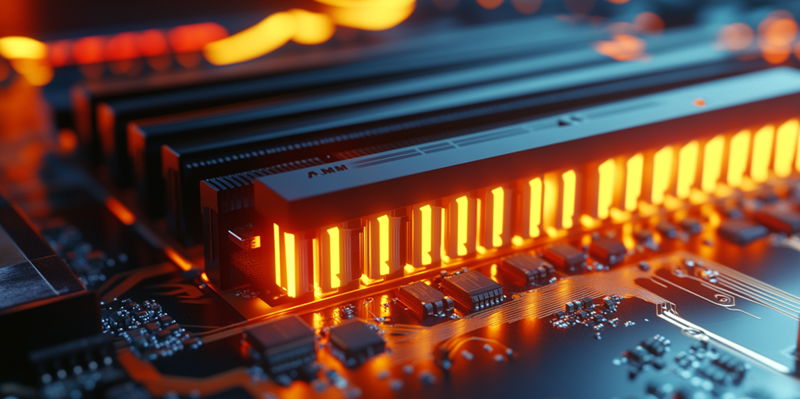AMD is rumored to be expanding its innovative 3D V-cache technology to a broader range of products following the remarkable performance enhancements witnessed in its Ryzen 7 9000 series CPUs. This technology, which has been well-received for its performance, has been highlighted in the BIOS manuals for an Asus TRX motherboard, suggesting it might soon be integrated into Ryzen APUs and Threadripper CPUs. The expected configuration options mentioned include Auto, Disable, 1 Stack, 2 Stacks, and 4 Stacks, which could offer users varying levels of performance depending on their needs.
For APUs, AMD’s 3D V-cache technology is anticipated to appear in the next generation of laptops, most likely after the forthcoming Strix Halo APUs. This integration is expected to follow AMD’s recent collaboration with Micro Center, where they introduced the Ryzen 5 7600X3D, featuring a 64MB 3D V-cache chip and priced at $299. However, this variant had adjustments, including a reduction from eight active cores to six, suggesting a more tailored focus on niche product markets. This move indicates AMD’s strategic efforts to offer high-performance options across different user segments, from gaming enthusiasts to professional content creators.
The AMD Ryzen 7 9800X3D also showcases 3D V-cache technology, with a design that places the cache underneath the processor cores instead of on top. This configuration allows direct access to cooling, thereby optimizing core speed. The Ryzen 7 9800X3D, targeting the gaming community, is unlocked for overclocking and is set to be released on November 7 at a price of $479. AMD has claimed that this processor delivers 20 percent faster gaming performance compared to the Intel Core Ultra 9 285K and 8 percent faster than the 7800X3D, based on performance metrics excluding overclocking potential.
These developments signal AMD’s strategic push to incorporate 3D V-cache technology extensively, enhancing product performance with a particular focus on gaming applications. The broader expansion of this technology aims to provide consumers with significant improvements in processing efficiency, enriching gaming experiences and other high-performance computing tasks. This trend points towards continued innovation and potentially increasing AMD’s influence in markets requiring high-performance solutions, such as gaming PCs and servers.

